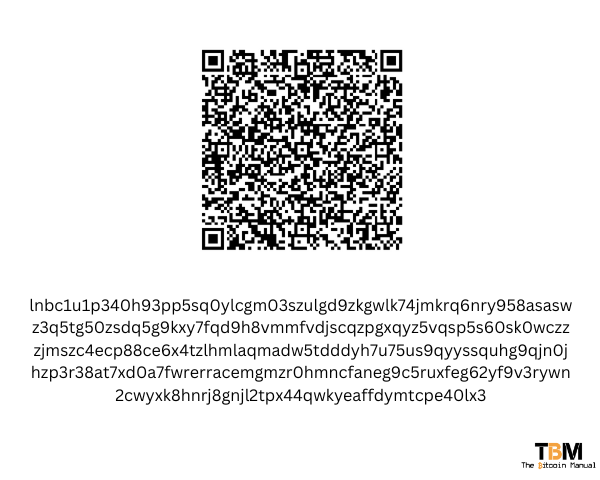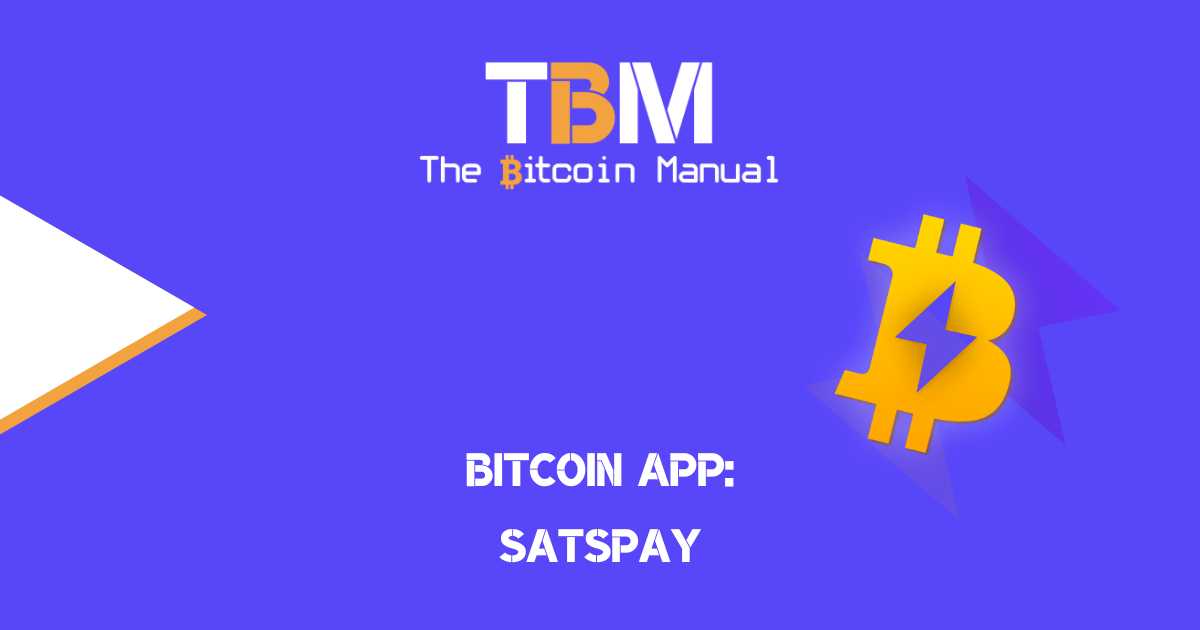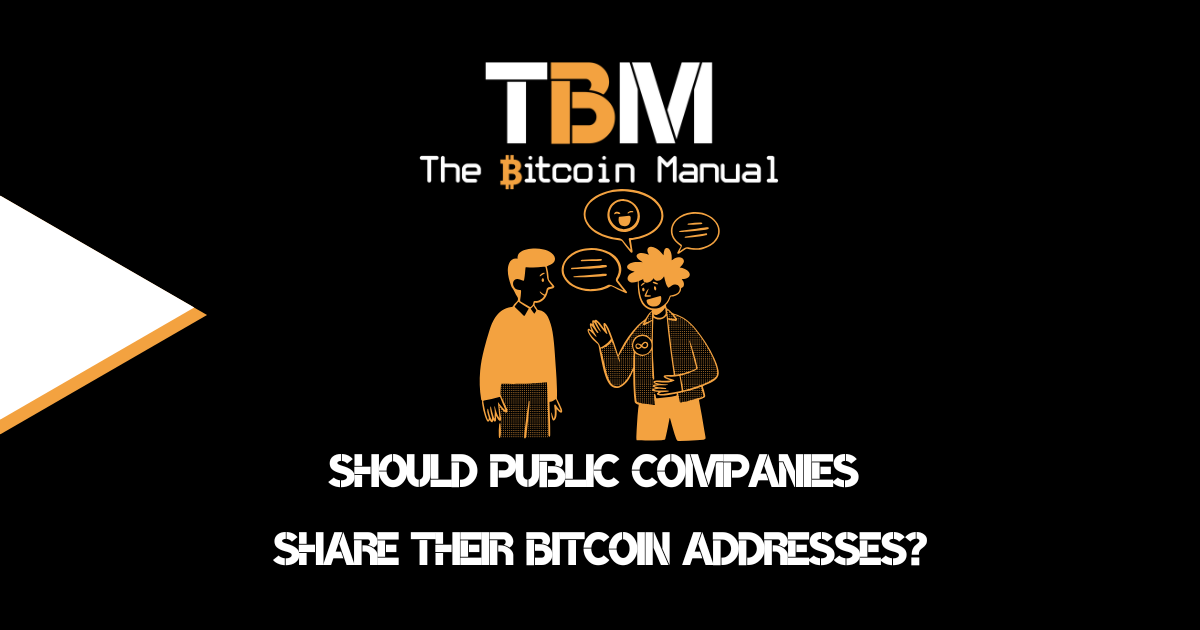Bitcoin payments on the Lightning network are built for speed, but using the service is not as intuitive for the masses; despite huge improvements in UX and wallets doing great work onboarding users, the process is still rather clunky.
For example, if you would like to request a payment from a user, you would need to create an invoice that looks something like this,

Send it over to the user, and they would need to paste it into their wallet to route the payment; now you can see with long strings of text how offputting it can be to the average user and, worse, it gives them so much room to make a mistake. Mistakes make for frustrated users, and frustrated users tend to shy away from the technology, and that’s not how you build towards bitcoin adoption.
Thankfully there are new methods of sending and receiving Lightning payments in the work that set a standard which makes it easy for users to send and receive payments without needing to deal with cumbersome address formats.
Lightning addresses make the need for long strings of text and having to generate invoices manually a thing of the past.
When you use a Lightning address, the funds still head towards the same destination, but the address you see is easy to copy, paste, type and comprehend. Fundamentally, it makes Bitcoin navigation as intuitive as email itself, which everyone should know how to use in 2022, right?
What is a lightning address?
A Lightning Address is an internet identifier for a wallet, but it looks like an email address. The Lightning Address protocol can be used by everyone to send money like they do messages with emails. Since it looks like an email address, it is easy to share and remember. A user can connect their own exchange wallet, Lightning wallet or Lightning node to a Lightning address and receive sats directly in their private wallet.
It makes it far easier to receive and solicit funds via Lightning instead of having to create and post invoices or using a KeySend or BOLT12 payment, which is a little advanced for the average user.
To give you an example of what a Lightning address looks like, here are two examples we’ve created using third-party services. One Lightning Address was created using a custodial exchange in CoinCorner, while the other was created using a browser extension wallet called Alby connected to our node.
There are several ways to generate your own Lightning Address; you could either leverage a third-party service like a Bitcoin exchange, Lightning wallet, or Lightning Address creation service like SatsPay or create one using your own Lightning Node and domain you’ve purchased.
What is SatsPay?
SatsPay is a Lightning Address creation service that allows you to reserve a certain human-readable address and tie to your Lightning node and accompanying Lightning wallet if you’re using LND or LN bits. If you already have a Lightning node running with the LND configuration or LN Bits, you’ll be able to create an address using one of the following domains
- @satspay.to
- @sats.rs
In practice, we could create
- theBTCManual@satspay.to
- theBTCManual@sats.rs
Using this service and when someone pays using those addresses, those Satoshis would be routed directly to our Lightning node.
To set up a Lightning Address with says pay, all you need to do is place your desired handle and domain you would prefer and choose the implementation you would like to link it to.
If you choose LND, you’ll need to provide your:
- LND REST Host (protocol + IP/domain + port)
- Invoice Macaroon (base64 encoded)
If you choose LN Bits, you’ll need to provide your:
- Host (protocol + IP/domain + port)
- API Key
If the address has not been reserved, you will receive a secret key attached to that alias. If not, you will need to pick a different alias for your address.
Why would you use SatsPay?
Once you have your address set up, you can use it to request donations and payments for your products and services or attach it to your social media account for tips. Lightning Addresses make sending bitcoin is now as simple as sending an email, and with that lower friction, it is ideal for micro-payments.
The benefits of a Lightning Address include:
- No need to request invoices, publish your lightning address and start getting payments
- Standardised protocol compatible with multiple wallet vendors
- Ability to customise payment dialogues are currently in progress
What happens if my alias is already taken?
If you’re trying to set up a Lightning Address Allias on one of the two supplied domains and it’s already been taken, you’re pretty much out of luck. Only one person can hold that unique address and tie it to their Lightning wallet at a time.
The situation here is very similar to domain names (DNS), and aliases are reserved on a first-come, first-served basis. This ensures payments always get routed to the correct owner, and no one can intercept payments using your Lightning Address.
Once a certain alias is claimed, only the owner can make changes to it.
There’s not much the service, or you can do short of making contact with the owner of that address directly. You can try to contact the current owner (for example, by sending them a few satoshis with a comment/message) and see if they’d be open to trading the handle over to you, as you would buying a web domain or a social media account handle.
Get the app
There you have it, another tool you can use to improve your Lightning experience and make your life a little easier and have fun with the Lightning network. If you’re new to the Lightning Network and you’re only getting started with your Lightning wallet or Lightning node and all the things you can and should do, it can be overwhelming but take your time to learn more about each app and why you would want it added to your bitcoin stack.
Applications like Satspay give you a reason to try out Lightning, spend your sats, distribute the coins, support bitcoin adoption and promote bitcoin.
Sources:
If you want to learn more about Satspay and dive down the rabbit hole, we recommend checking out the following resources.
Are you a bitcoin and lightning fan?
Have you been using Lightning to make micro-payments? Stream sats or engage with apps? Which app is your favourite? Have you tried all the forms of Lightning payments? Which one do you prefer? Let us know in the comments down below.




